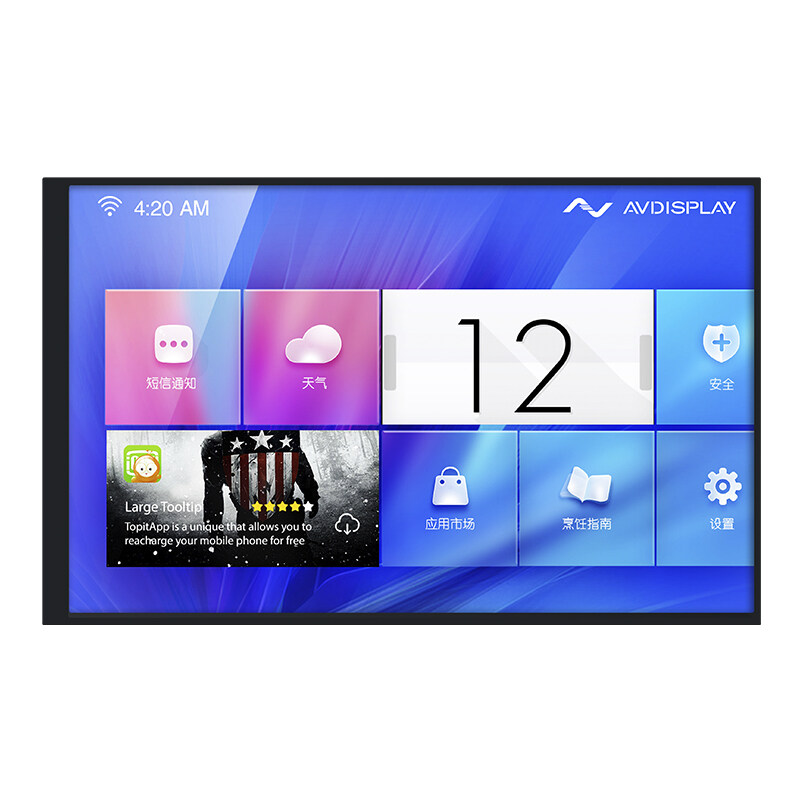IPS (In-Plane Switching) touchscreens have become a popular choice in modern devices due to their superior color accuracy, wide viewing angles, and excellent responsiveness. However, like all technologies, they are not without their issues. Understanding common problems and their solutions can ensure optimal performance and extend the life of your touchscreen device.
In this article, we’ll explore the most frequent IPS touchscreen issues and practical ways to resolve them.
1. Understanding IPS Technology
Before diving into the issues, let’s briefly understand what IPS touchscreens are.
- IPS is a type of LCD (Liquid Crystal Display) technology that enhances color fidelity and viewing angles by aligning liquid crystals horizontally.
- It’s widely used in smartphones, tablets, monitors, and automotive displays.
- IPS screens are often paired with touch panels, making them a reliable choice for interactive devices.
Despite their advantages, IPS touchscreens can face challenges over time.

2. Common IPS Touchscreen Issues
2.1 Touchscreen Unresponsiveness
One of the most common complaints is a screen that does not respond to touch commands. This can occur due to:
- Dirt or grease accumulation on the screen.
- Software glitches.
- Faulty touch sensors.
2.2 Ghost Touches
Ghost touches refer to unintended screen actions, such as apps opening on their own or the device registering inputs without any physical touch. Causes include:
- Electrostatic interference.
- Faulty or damaged digitizers.
2.3 Dead Pixels or Screen Burn-In
IPS screens are known for their durability, but dead pixels or persistent images (burn-in) can occasionally occur due to prolonged use or manufacturing defects.
2.4 Screen Flickering
Flickering is another common issue, often caused by:
- Loose connections.
- Power supply fluctuations.
- Outdated drivers or firmware.
2.5 Touch Lag
A noticeable delay between touch input and screen response can result from:
- Insufficient system resources.
- Outdated software.
- Hardware limitations.
2.6 Screen Cracks or Physical Damage
Physical impact can crack or damage the touchscreen, affecting its usability.
3. Fixes for IPS Touchscreen Issues
3.1 For Touchscreen Unresponsiveness
- Clean the Screen: Use a microfiber cloth and a screen-safe cleaning solution to remove dirt and grease.
- Restart the Device: Restarting often resolves temporary software glitches.
- Update Software: Ensure the device’s firmware or operating system is up to date.
- Reset Touch Settings: Calibrate or reset touchscreen settings through the device's menu.
3.2 For Ghost Touches
- Remove External Interference: Take off protective cases or covers that may be causing static.
- Reset the Device: A factory reset may resolve persistent ghost touch issues.
- Replace the Digitizer: If the problem persists, the digitizer may need professional repair or replacement.
3.3 For Dead Pixels or Screen Burn-In
- Use Pixel Repair Tools: Online tools or apps can help rejuvenate stuck or dead pixels by rapidly changing screen colors.
- Adjust Screen Settings: Lower the screen brightness and avoid static images for extended periods.
- Professional Repair: For persistent issues, professional repair or replacement may be necessary.
3.4 For Screen Flickering
- Check Connections: Ensure all internal and external connections are secure.
- Adjust Refresh Rate: For monitors, adjusting the refresh rate can often resolve flickering issues.
- Update Firmware or Drivers: Ensure all software related to the screen is up to date.
3.5 For Touch Lag
- Free Up System Resources: Close unused apps and clear the device's cache to improve performance.
- Upgrade Software: Install updates to address software compatibility issues.
- Check Hardware: If lag persists, consult a professional to evaluate hardware functionality.
3.6 For Physical Damage
- Temporary Fixes: Use a screen protector or adhesive film to prevent further cracking.
- Professional Repair: For severe damage, seek professional repair services to replace the screen.
4. Preventative Measures for IPS Touchscreens
4.1 Use a Screen Protector
Protective films can prevent scratches and reduce the risk of cracks.
4.2 Regular Cleaning
Clean the screen gently with a microfiber cloth to prevent dirt accumulation.
4.3 Avoid Prolonged Static Images
Reduce the risk of burn-in by using screen savers or turning off the screen when not in use.
4.4 Handle with Care
Avoid dropping or applying excessive pressure on the screen to prevent physical damage.
4.5 Keep Software Updated
Regularly update your device’s operating system and apps to avoid compatibility issues.
5. When to Seek Professional Help
Some issues may require professional repair or replacement, particularly if:
- The screen remains unresponsive despite troubleshooting.
- Physical damage is extensive.
- Internal components, such as the digitizer or IC, are faulty.
Professional technicians can diagnose and resolve hardware-level problems more effectively.
6. Conclusion
IPS touchscreens are a fantastic choice for devices requiring high-quality visuals and touch responsiveness. While issues like unresponsiveness, ghost touches, or flickering may arise, most can be resolved with simple fixes or preventive care.
By understanding common problems and their solutions, you can ensure your IPS touchscreen operates at its best for years to come. When in doubt, don’t hesitate to consult a professional to address more complex issues.
If you're in the market for a high-quality IPS touchscreen, always choose a reliable manufacturer like AVD that provides robust after-sales support to ensure peace of mind.


